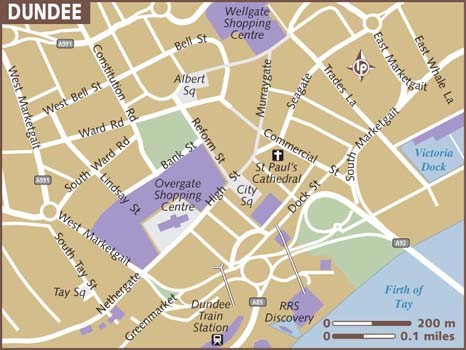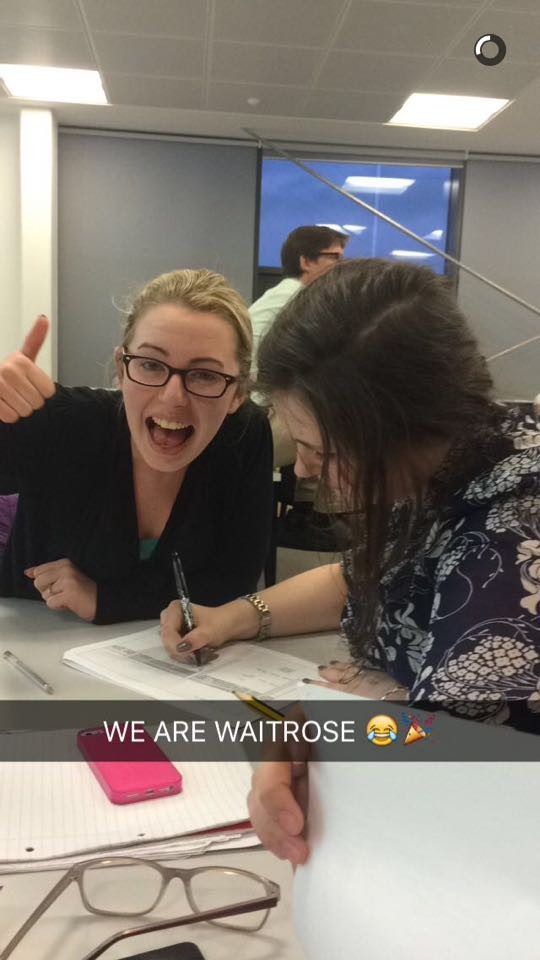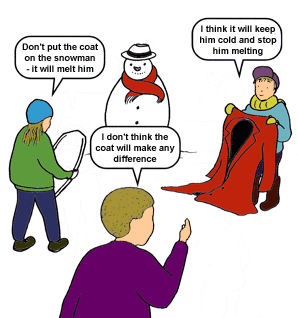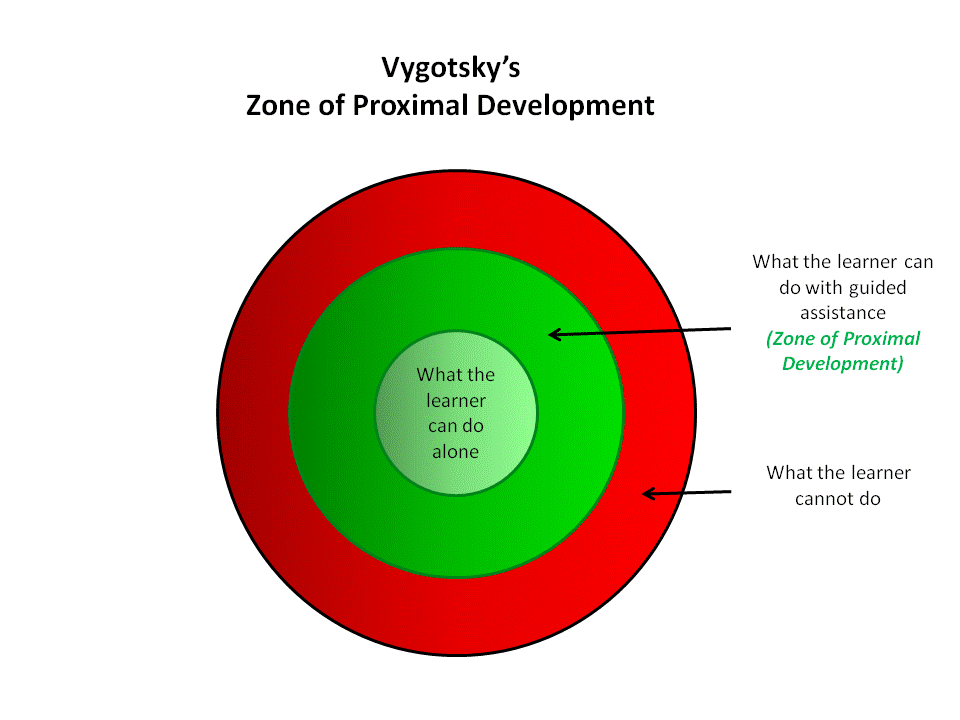- Boardgames are fun,
- There is maths in boardgames,
- Therefore, Maths is fun
I’m not sure if that is quite right, but I do know that the second premise is true. Boardgames really do contain maths. On 1/12/15, we were all invited to bring in a boardgame and to play in the workshop, and I’ll admit that I was skeptical about it, but again, I was proven wrong. We talked about where the maths comes into it, and I was not disappointed!
One such example was a jigsaw. We were tasked with finding as many uses for a jigsaw as we could, I could think of:
- Grouping
- Distribution
- Tessellation
- Randomisation
- Fractions
This makes a lot of sense as when most of us pick up a jigsaw, we tend to split the pieces up by colour, then we look for corners and straight edges and begin to build up the picture. The particular jigsaw we were using was a ‘Where’s Wally?’ one, so we considered distribution in the number people in the picture and then looked for the average number of people in a piece. Another obvious mathematical concept within comes in the form of tessellation, essentially that all the jigsaw pieces fit together to form a continued pattern, which is of course the case with a jigsaw.
Another game we had was Monopoly, the related mathematical concepts in Monopoly and I struggled to think of any. Yes, there is the obvious money, grouping of similarly priced properties, but I felt that there should be more, and they should be easier to find. When in doubt, take to google! I found this blog called ‘MONOPOLY MATH’ by someone called Lainie Johnson {http://blog.keycurriculum.com/monopoly-math/} which gave me loads of ideas, including:
- Shape (rectangles and squares on the board)
- Numerical orders (Properties are laid out in ascending value)
- Probability (Dice)
Or as Lainie sums it up, “addition, subtraction, multiplication, fractions, percentages, statistics, probability, interest, patterns, number lines, and basic geometry”
This, to me, is amazing, I love to think that there is still more to discover in the world of mathematics, things that are not abstract beyond my understanding. So from a teaching perspective boardgames are an untapped resource for children. In my experience, the only time we see boardgames in classrooms is during free time or on the last few days of term as a means of keeping children quiet. To me, boardgames could be used far more constructively, to improve maths skills in children. I also think that the activity we did in the workshop, where we had the game in front of us an had to find the maths could be a good co-operative learning activity for groups of children, with perhaps a reward near the end of the week to be able to play the game.






